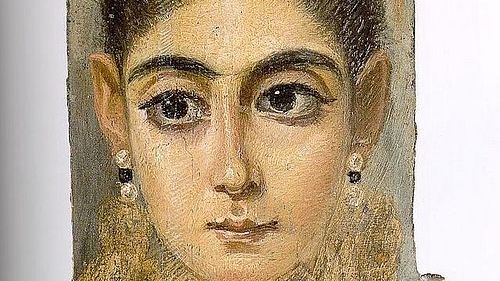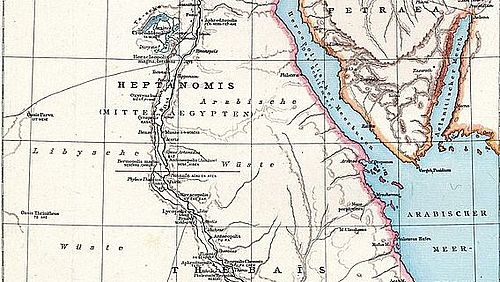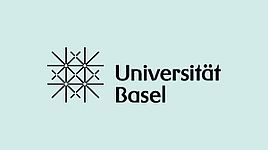Welcome to the official homepage of the Urban Biographies Project, an interdisciplinary initiative by the Institute of Ancient History at the University of Basel. The four-year project (2021–2025), supported by the Swiss National Science Foundation (SNSF), aims to integrate textual and material data and develop new digital tools to bring back into life the sights and smells of two cities from ancient Egypt in the Roman and late antique periods. By ancient historical standards, the evidence for both cities is voluminous: with more than one thousand texts for Antinoopolis, one of the currently most prolific sites for Greco-Roman and Byzantine Egypt, and about two hundred and fifty for Heracleopolis, whose archaeological evidence is also significant.
Cities and their people, from the Pharaonic to Islamic periods, have often been considered cogs and gears in the administration of Egypt and denied meaningful agency in the country’s long-term evolution. The project team will analyse the parameters for urban development in Roman/late antique Egypt and write “urban biographies” of two important sites, in which all the available evidence will be brought to bear on broader questions of political, economic, cultural, and religious change.
In addition to book monographs, peer-reviewed articles and edited volumes, the tools for the integration, analysis, and visualization of the data pertaining to people (digital urban prosopography) and places (a GIS platform for the contextualization and interpretation of archaeological data) will make the results of the project easily searchable and widely accessible, which will be also presented at a series of workshops and international conferences. A virtual exhibition, hosted on the project’s homepage, will finally expose the broader public to two fascinating aspects of the project: the history of excavations at Antinoopolis and Heracleopolis and schools and literacy in the cities of late antique Egypt.




